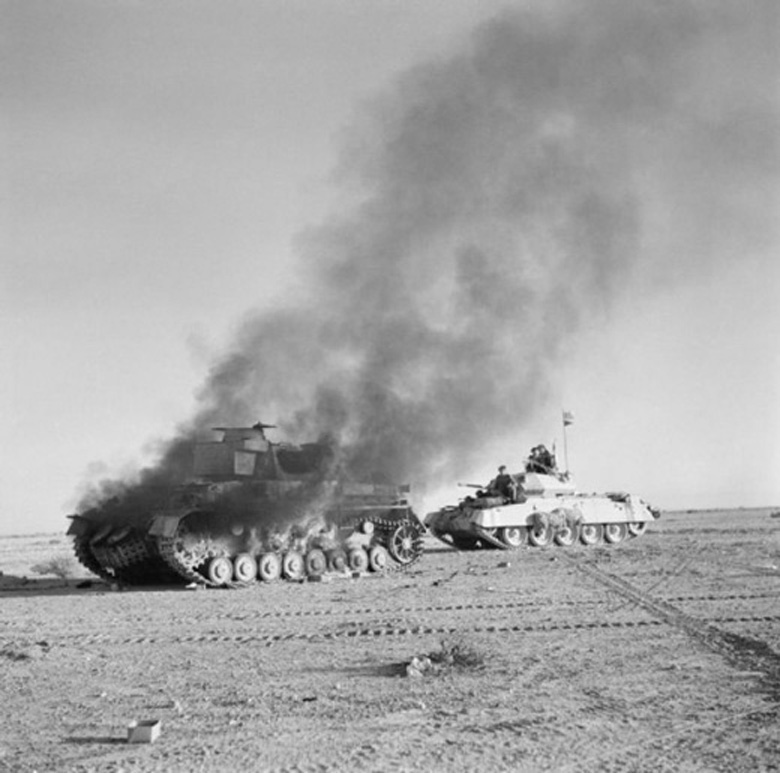Baltic Sea
The German steamer Egeran (1143t) sinks on a mine off Memel.
[Diplomatic Relations
The Japanese proposals of November 20 are rejected because they 'contain some features which, in the opinion of this Government, conflict with the fundamental principles which form a part of the general settlement under consideration and to which each Government declared that it is committed.' The US does suggest 'that further effort be made to resolve our divergencies of view in regard to the practical application of the fundamental principles . . .'
Roosevelt and Hull decide to present a stiff 10-point note of final terms to the Japanese. It demands that the Japanese leave China and Indochina, recognize the Chinese Nationalist Government and withdraw from the alliance with the Axis.. The Americans promise in return to negotiate new trade and raw materials agreement.
[Eastern Front
The Germans capture Klin 85 km northwest of Moscow.
CENTRAL SECTORThe 7th Panzer Div is now at the Moscow-Volga Canal. Fierce battles rage at Istra as the 2nd SS Motorized Division Das Reich and the 10th Panzer Division attack the 78th Rifle Division in the town. The 10th Panzer is operating with just 7 tanks. The 17th Panzer Division pushes toward Kashira amid running battles with the II Cavalry Corps. In recognition of its efforts, the II Cavalry Corps is renamed the I Guards Cavalry Corps. The LIII Corps reaches the Don and encircles a Siberian division against the river near Donskoye. The isolated force continues to fight on, the LIII Corps' weakness preventing the destruction of the pocket.
[France, Politics
Free France proclaims the independence of Lebanon.
[North Africa
Toward the end of the day Rommel realizes that the British armor is quietly regrouping in the Sidi Rezegh area and that the New Zealand infantry are continuing to move toward Tobruk. He therefore begins to move his tank forces back in that direction.
Gen Cunningham is relieved of command of 8th Army. Auchinleck's Chief of Staff, Gen Neil Ritchie, takes over, but Auchinleck himself will take a closer interest in the tactical control of the battle.[MORE]
British Crusader Tank Passing a Burning German Tank |
 |
Pacific
The Japanese Pearl Harbor Attack Force under the command of Vice-Adm Chuichi Nagumo leaves its bases in northern Japan (Tankan Bay in the Kurile Islands) to move to the northern Pacific in order to approach Pearl Harbor from an unexpected direction. The force consists of 6 carriers, Zuikaku, Hiryu, Akagi, Shokaku, Kogi and Soryu, 2 battleships, Hiei and Kirishima, 2 cruisers, Tone and Chikuma, 11 destroyers (Tanikaze, Urakaze, Isokaze, Hamakaze,Kasumi, Arare, Kagero, Shiranuhi, Akigumo), Ushio, Akebono), 28 submarines and 423 aircraft all observing radio silence.
Japanese Carrier Strike Force |
 |